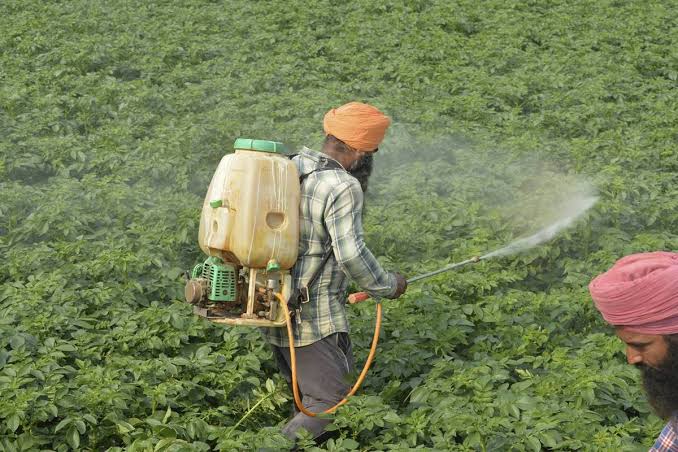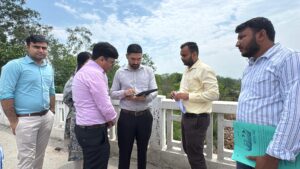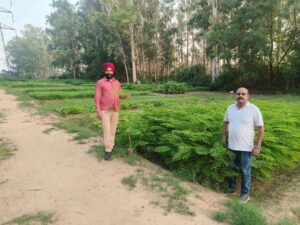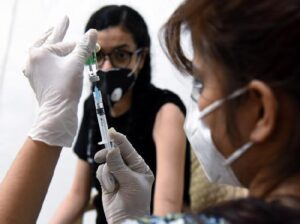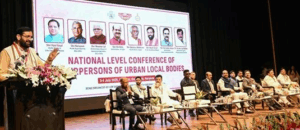
Former Director of Research
P A U, Ludhiana
Agriculture in Punjab is experiencing dramatic changes due to technological, economic, and ecological challenges in achieving agricultural sustainability. To effectively overcome these challenges, it is imperative to formulate a comprehensive futuristic agricultural policy that is aimed at achieving assured high productivity and net-income sustainability for the farming community and bringing them (particularly small farmers and farm workers) out of the income-deficit related stresses.
This new policy should focus on transforming the entire gamut of Punjab’s agricultural system, including producer, production, post-harvest management, processing, and marketing. The need of the hour is a policy that promotes agriculture as technology driven, economically remunerative, globally competitive, ecologically sustainable, employment generating, and socially responsive sustainable enterprise/occupation, without imposing any threats to soil, water and environment. For achieving all this, the government must ensure adequate financial, institutional, administrative and political support.
The agriculture policy should address the following issues:
➢ Production of high quality and market acceptable products. Punjab’s produce must be able to pass the stringent global quality tests (even DNA test), so that Punjab achieves credibility of being a “Quality Products State”.
➢ Build-up capacity (technical, financial, specialized training, etc.) of Punjab’s farming community (particularly small farmers) for secured access and utilization of appropriate technologies, credit, seeds, and other inputs, remunerative domestic and global markets, etc. for achieving assured ago-economic sustainability.
➢ Horticultural production in Punjab should be increased 2-3 times in the coming decade. Efforts must be made to provide financial, technical, and marketing support and incentives, high quality seed/planting material, and specialized training to the farmers. We must link horticultural production with processing industry, integrated cold-chain system and markets.
➢ Crop diversification: ensure right diversification policy, adequate investments, and incentives for adopting precision diversification of (demand-driven) crops/cropping systems. Crop diversification plans have to be linked to:: i) market demand-driven selection of (income competitive) crops/cropping systems, ii) realistic price-fixation mechanism, iii) efficient storage systems, iv) agro-processing industry.
➢ Expand agro-processing driven rural-economy: For value addition, minimization of losses of perishable and non-perishable products, and generation of employment opportunities. Provide adequate incentives such as: low tax rates, customs, excise and value added tax on processed food products, machinery, packaging, etc. and exemption from excise duty on raw materials.
➢ Develop a regulated system for controlling in-efficient use of inputs of seeds, fertilizers, pesticides, water, and energy. This will enable decreased cost of production and also control pollution.
➢ Attract and retain youth in farming: Provide adequate financial support and incentives for developing agriculture sector as technology-driven, intellectually stimulating, economically rewarding, and youth as entrepreneurs.
➢ Bring structural reforms in the systems of agricultural marketing and price mechanism, along with market-infrastructure, assured procurement at not less than MSPs fixed by the government, to meet economic needs of farmers, entrepreneurs and exporters.
• Establish market-promotion cell, Market price stabilization fund, Online “e-market system, Inter-net connected market intelligence net-work, and Agriculture Risk Fund.
➢ Minimize losses of perishable and non-perishable products along the entire supply chain (production to consumption). Create integrated cold chain, scientific storage and ago-processing industries.
➢ Digitalization of agriculture: use digital technology to access distant markets, conserve natural resources, digitization of pre- and post-harvest mechanization and save labor, adoption of next generation extension methods, quick detection and control of pest attacks etc.
➢ Formulate a separate policy for seed and planting material: for authentication of genetic purity, seed certification, ensuring transparent pricing mechanism and making availability of genuine healthy seeds/planting material to the farmers.
➢ Conservation of natural resources: Formulate for water and soil use policy policies. Adopt conservation agriculture to build up potential of available soil and water resources. Greater stress is needed on integrated use of organics (manures, green manures, etc.) and chemical inputs (fertilizers, pesticides, etc.), integrated management of soil health (ISHM), nutrients (INM), and pests (IPM).
➢ Save water: provide adequate financial support and incentives for adopting water-efficient agro-production technologies and in-situ water conservation. Phase-out flood irrigation system (efficiency < 40%) as far as possible, and promote furrow, sprinkler, and drip irrigation (efficiency about 60, 75 and 90 %, respectively.
➢ Intensify creation of non-farm employment opportunities in rural areas: by promoting agro-processing, and manufacturing sectors, managing custom-hiring services, farmer service centers etc.
➢ Strengthen research and development (R & D) activities. for generating and disseminating climate resilient breakthrough macro- and micro-management technologies. Integrate research and indigenous knowledge.
➢ Strengthen linkages of financial institutions to enable effective credit disbursement. Agricultural loans should be at low interest rates. Also, in case of crop failure the interest repayment should be waived.
➢ Expand clusters of custom-hiring services, farmer service centres, farmer producer organizations (FPOs) and village producer organizations (VPOs) in rural areas.
➢ Restructure agricultural curriculum and pedagogic methodologies: To attract youth to adopt farming as profession, develop education-industry linkages and enable every agricultural graduate to become farming-oriented ago-technologists and entrepreneurs.
➢ Other crucial issues are: Eco-region-specific planning, climate change and global warming, urban agriculture, guarding farmers against sudden risk-hazards, adoption of Hi-Tech agricultural technologies bio-technology for agricultural sustainability, crop residue management, exploring carbon credit trade Sector to reduce pollution and take monetary benefit, etc.
The need for a practical policy for agriculture is clearly something that can only be driven by a proactive government. This collective efforts will be required on multiple-fronts at the same time to bridge the gap between policy, farming-community and technology, so that we can channelize Punjab’s kisaan and kisaani towards a prosperous agro-economic sustainability.



